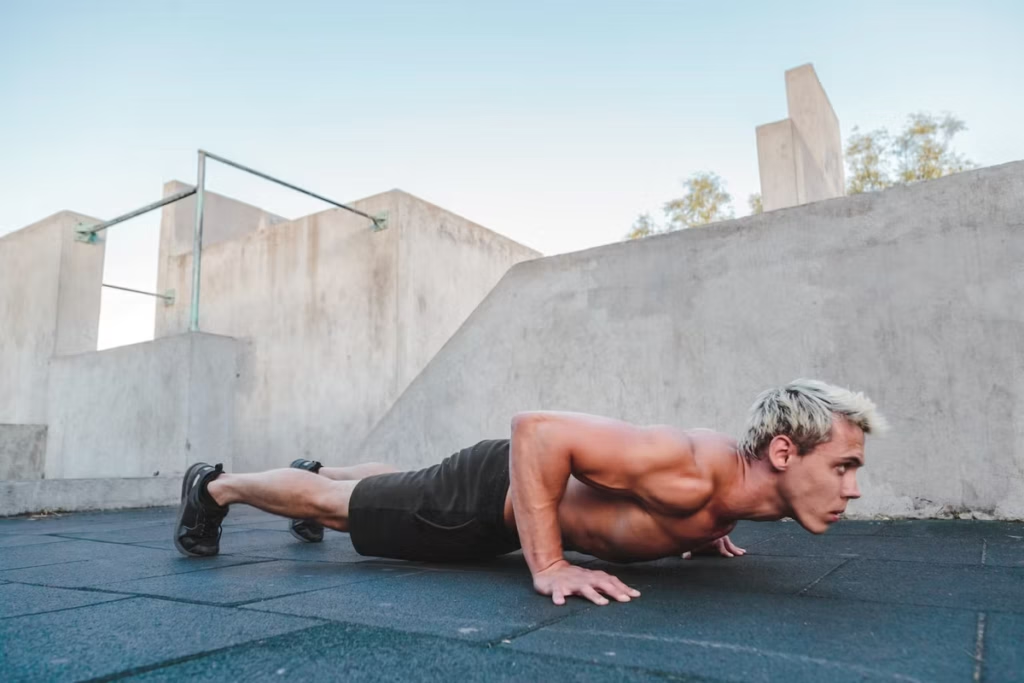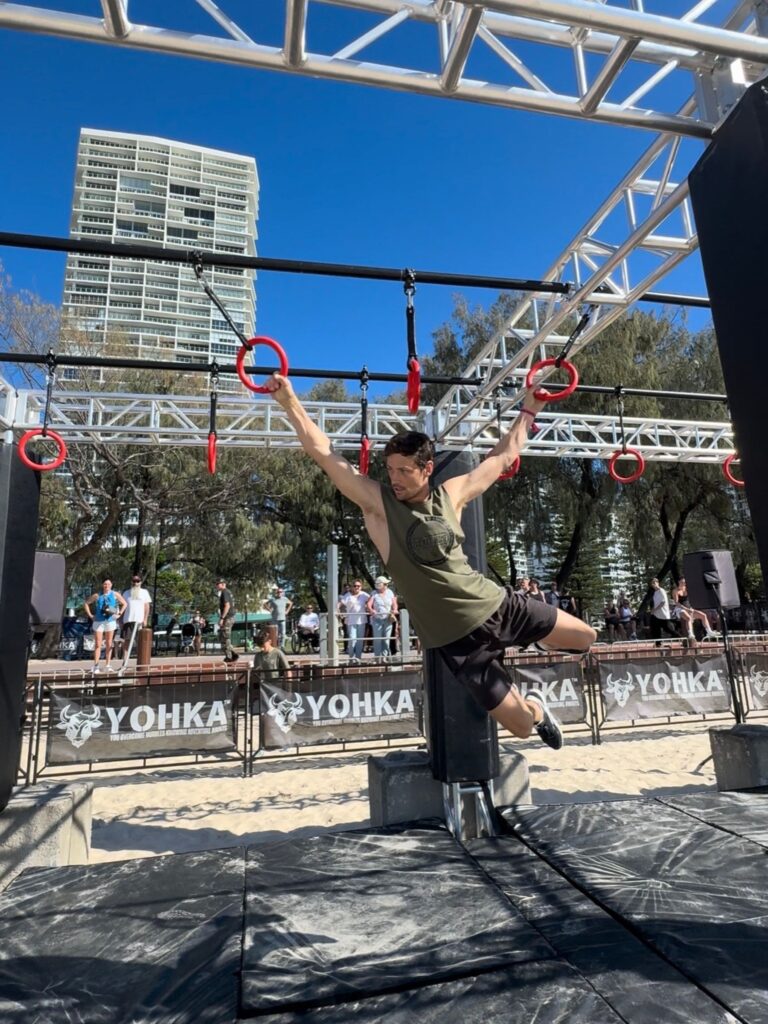DESPITE WHAT weaker-willed gym goers will tell you, leg day shouldn’t be skipped, and neither should barbell squats. Squats are an all-around lower body burner. They target everything from quads and glutes, to calves and hamstrings. For that reason, squats and their many variations, have become the foundation of many effective lower body routines, and a benchmark to measure lower body strength against. Which brings us to the all-important question: how much weight should you be squatting?
We’re sorry to disappoint, but there’s no definitive answer to how much weight you should be able to squat. Factors like weight, age, experience and body composition will all influence your total output, but there are a few standards you should be aiming for, and understanding general benchmarks can help you establish a goal to strive for.
Pushing yourself and testing your limits are key parts of a training routine, but it shouldn’t come at the expense of your form—or safety. This is especially true with lower body exercises like squats, which are a whole different beast, placing high amounts of tension on your back when bad form is used. So, while you’ll naturally try to one-up your mates or claim a testosterone-fuelled victory over the guy at the neighbouring rack, it’s not the end of the world if you don’t.
Whether you’re a veteran or a novice, this guide will tell you how much you should be able to squat. We’ll also be providing some tips on how you can improve your PBs and optimise your training.
How much should you be able to squat?
The ideal squat PB is not a one-size-fits-all situation. As we’ve discussed, several factors come into play, with bodyweight being the most obvious. Someone who weighs 100kg is likely going to be able to squat more than someone who weighs 60kg, but that doesn’t mean they’re a better squatter, or even relatively stronger. There are, however, a few general benchmarks which can be applied to bodyweight. And for the sake of clarity, we’re purely talking about barbell squats here, not any variations.
Most people won’t be able to squat their own bodyweight on the first attempt, but given the considerable strength you can draw from your lower body, we’d set the benchmark at squatting 100 per cent of your bodyweight, for 8-10 reps, to be considered strong.
Here, we’ve broken down reasonable squat benchmarks to aim for, for every experience level.
Beginner level: For the average individual holding no specific powerlifting aspirations, squatting 50 per cent of your bodyweight is a solid starting point. This likely won’t be a huge weight, so a rep range of 5-8 or 8-10 should be doable.
Intermediate level: as you gain squat experience and your muscle mass progresses, you’ll find your max squat gradually increases too. At the intermediate level, squatting 80-120 per cent of your bodyweight is an achievable goal to work towards. We’re getting into a heavier weight range now, so a rep range of 3-5 or 5-8 is acceptable.
Advanced level: Seasoned squatters who’ve been pumping iron for years should be able to squat 150 to 200 per cent of their bodyweight. Yes, that’s a hefty amount of tin, but we’d recommend you only squat such an immense weight only 1-5 times per set.
How can you improve your squat PB?
Achieving and surpassing your squat goals demands commitment, proper technique, and a strategic approach to training. Here are some key strategies to enhance your squat performance.
Master correct form: Before focusing on heavy weights, prioritise mastering the correct technique. Ensure your feet are shoulder-width apart, your knees are positioned over your toes, and your back remains straight throughout the movement. Engage your core and glutes to maintain stability and prevent injury.
Embrace variety: Incorporate various squat variations into your routine to target different muscle groups and prevent monotony. Experiment with front squats, goblet squats, and Bulgarian split squats to challenge your body in new ways and stimulate muscle growth.
Make use of progressive overload: Gradually increase the weight you lift over time to stimulate muscle growth and strength development. Incorporate progressive overload by adding small increments to your lifts consistently. Aim for challenging yet manageable weight increases to avoid plateaus and injury.
Loosen up with applicable exercises: Squats aren’t all about strength, they also require a great deal of flexibility and mobility. To address any blemishes that may be hindering your squat potential, utilise dynamic stretches and mobility exercises targeting your hips, ankles, and spine to improve range of motion and squat depth.
Don’t forget about recovery: Allow adequate time for recovery between squat sessions to facilitate muscle repair and growth. Incorporate rest days into your routine and prioritise proper nutrition and sleep to support your body’s recovery process.
How often should you do squats?
The frequency of squatting sessions depends on your goals and where you’re at in your gym life cycle—and how seriously you’re taking the ‘never skip leg day’ mantra. If you’re a regular gym goer just trying to maintain some lower body strength, doing leg day and squats once a week should suffice. If you’re actively trying to build strength and improve your PBs, consider upping it to twice weekly sessions—but we must warn, you will be sore.
Related:















